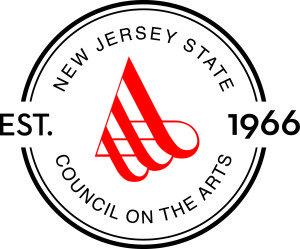Diversity is one of New Jersey’s most significant and valuable characteristics. The state’s many geographic and demographic settings are interwoven with communities whose traditional folk arts and crafts are valued ways of expressing identity and strengthening group ties.
Folk arts and crafts are traditionally learned as part of the lifestyle of a community whose members share an identity-based upon their ethnic origin, religion, occupation, or geographical region. These traditions are shaped by the aesthetics and values of the community, passed on from generation to generation.
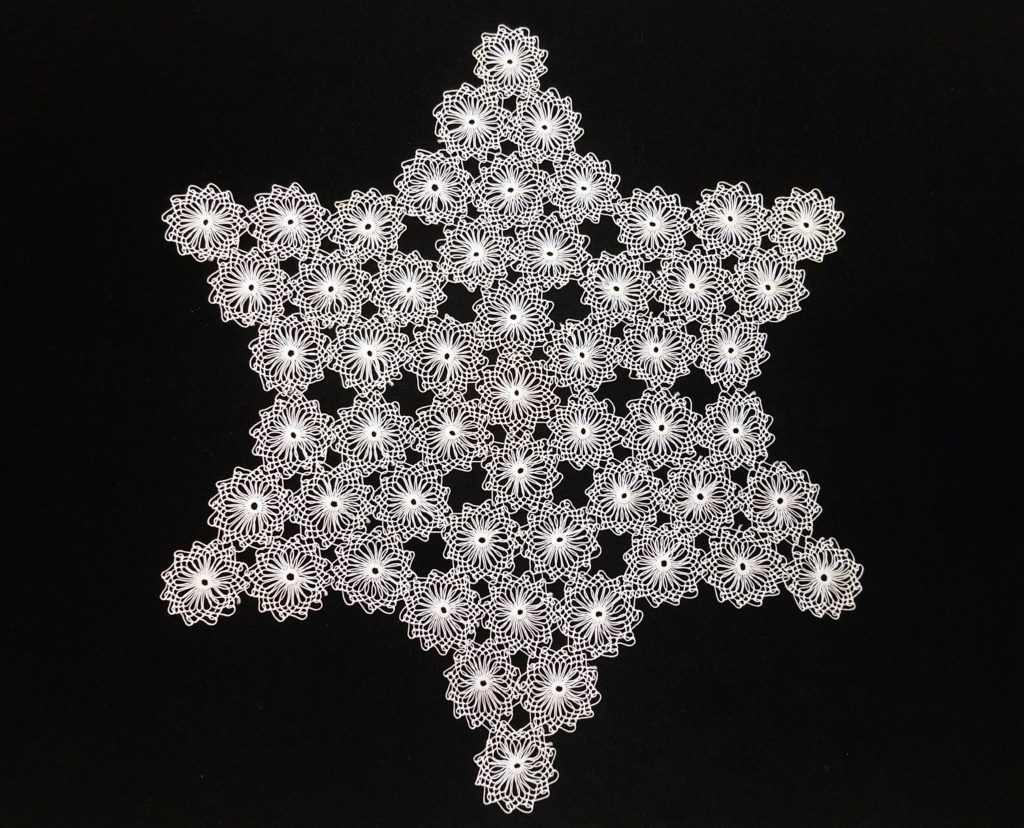
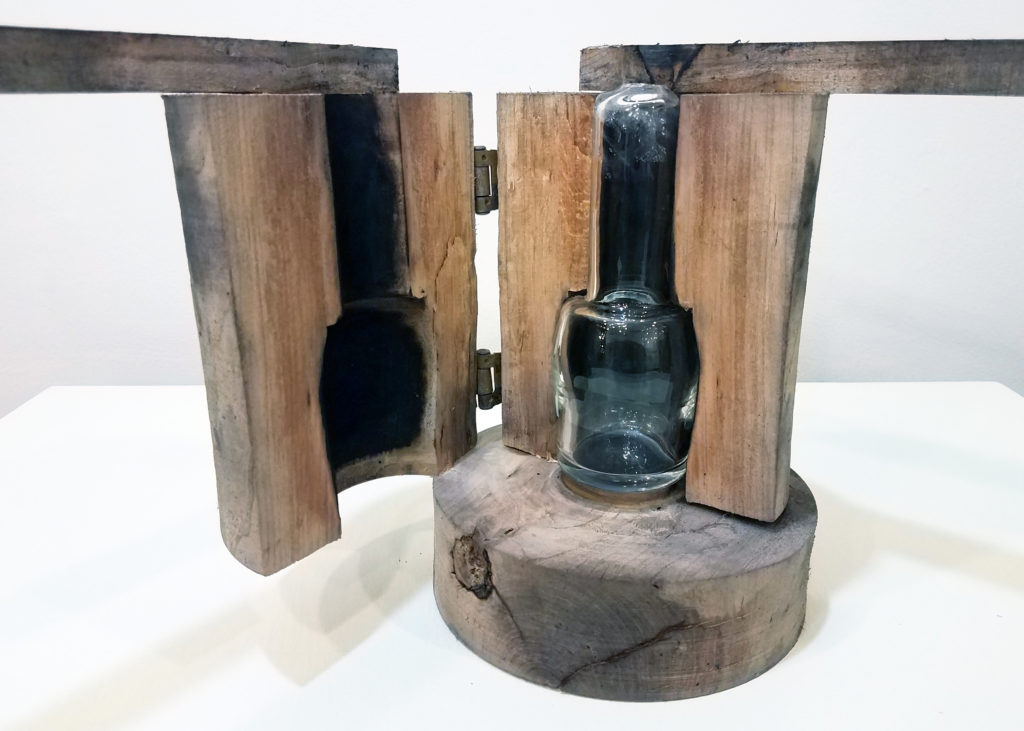
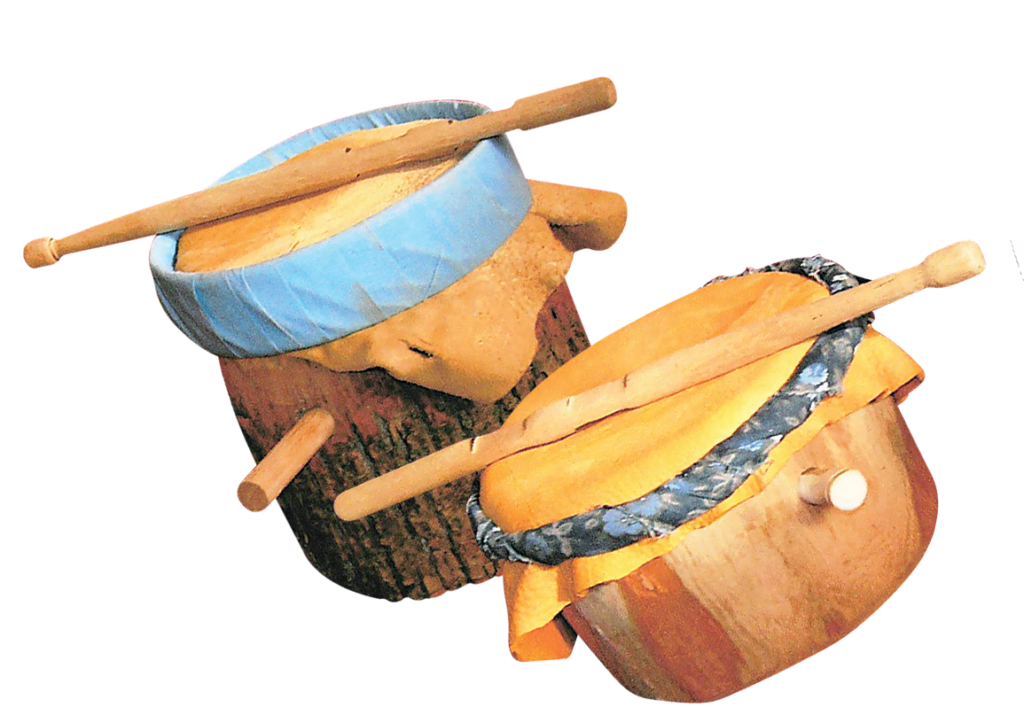
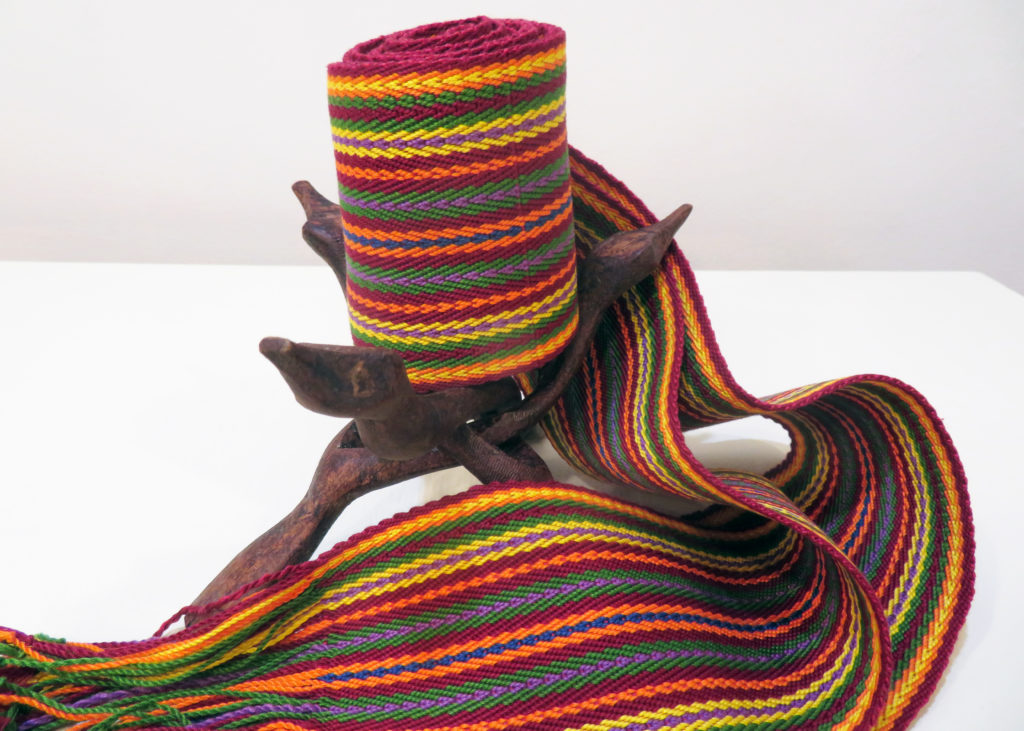
Folk Arts Apprenticeship grants encourage communities to continue passing on their valued traditions in traditional settings by providing stipends. That way, Master Folk Artists and Craftsmen can help apprentices develop greater skills. The New Jersey State Council on the Arts offers such grants. Click here to learn more.
Major support for this exhibition has been provided by the New Jersey State Council on the Arts.

